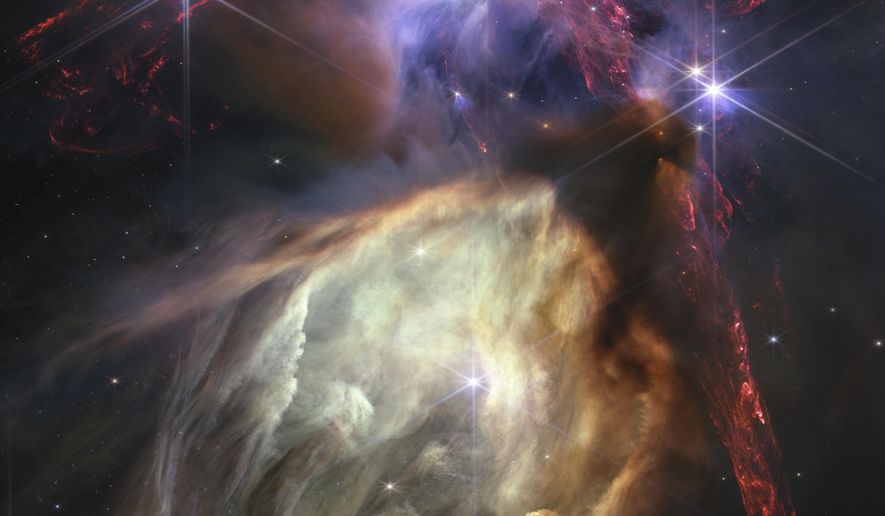In a groundbreaking revelation that may transform our understanding of the cosmos, recent observations by two of the most advanced space telescopes have verified an enigma in astrophysics — the universe is expanding at different rates.
Astronomers are peering into the depths of space and time, using both the James Webb and Hubble space telescopes, and they’re coming up with confounding results. It appears that the very fabric of the universe doesn’t quite behave as our models predict, expanding at varying speeds in different directions, a phenomenon that has been termed the Hubble Tension.
The problem first gained solid credibility when the venerable Hubble Space Telescope’s observations in 2019 indicated something might be amiss. Then, in 2023, with greater precision, the James Webb Space Telescope (JWST) proved the discrepancy wasn’t a fluke.
With both space giants combining their mighty observational powers, any doubts about measurement inaccuracies have been put to rest, according to a new study published in the Astrophysical Journal Letters.
“With measurement errors negated, what remains is the real and exciting possibility we have misunderstood the universe,” lead study author Adam Riess, professor of physics and astronomy at Johns Hopkins University, said in a statement to Live Science.
And he’s no slouch. Mr. Riess, along with colleagues Saul Perlmutter and Brian P. Schmidt, was awarded the 2011 Nobel Prize in physics for discovering dark energy, another groundbreaking cosmic puzzle piece related to the universe’s expansion rate.
Data from the Planck satellite presented a Hubble constant approximating 46,200 mph per million light-years. While Planck’s data suggests one number, measurements based on the Cepheid stars point to a significantly higher expansion rate. The Cepheids suggest the universe is expanding at approximately 74 kilometers per second per megaparsec, a stark contrast to Planck’s calculation.
“We’ve now spanned the whole range of what Hubble observed, and we can rule out a measurement error as the cause of the Hubble Tension with very high confidence,” Mr. Riess said. “Combining Webb and Hubble gives us the best of both worlds. We find that the Hubble measurements remain reliable as we climb farther along the cosmic distance ladder.”
• Staff can be reached at 202-636-3000.




Please read our comment policy before commenting.